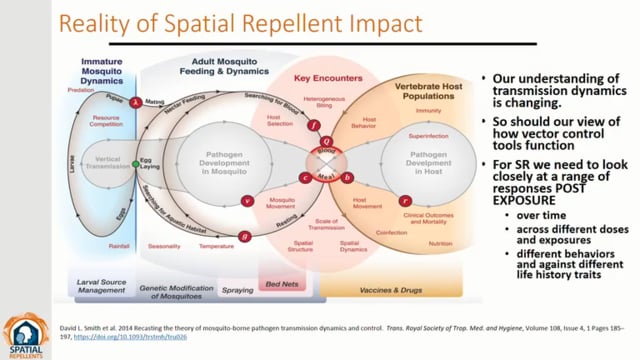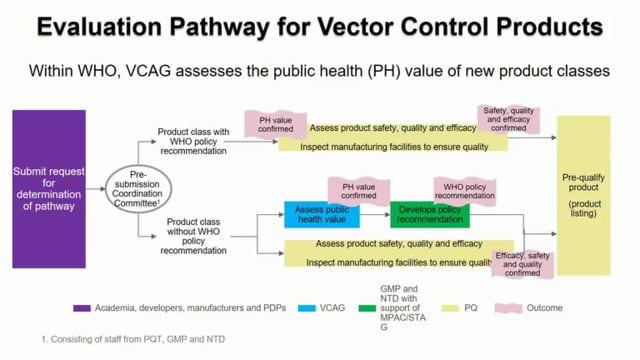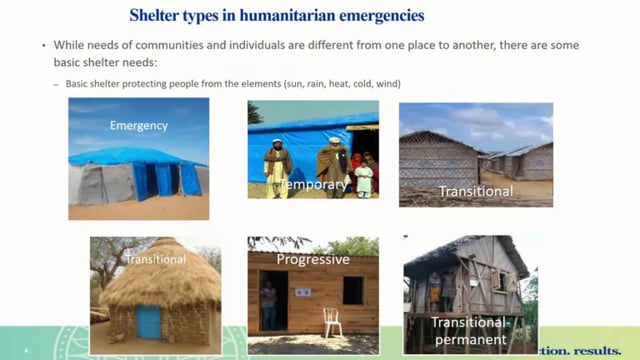ASTMH 2018, John P. Grieco: “Post-exposure effects of spatial repellents: Laboratory evaluations”
Collaborator(s): University of Notre Dame, United States
Published: 31/10/2018
In collaboration with ASTMH, Image Audiovisuals, and session presenters, MESA brings you this webcast from the 67th ASTMH annual meeting in New Orleans, October 2018
Title: “Post-exposure effects of spatial repellents: Laboratory evaluations”
Speaker: John P. Grieco, University of Notre Dame, Notre Dame, IN, United States
Session information:
October 31, 2018, 4:00 PM – 5:45 PM, Marriott – Balcony LMN (4th Floor)
Abstract:
Mosquito control is a critical component to malaria and Aedes-borne disease prevention. Although gains have been made using existing strategies, new vector control delivery systems and/or products are warranted. Spatial repellents, products that release volatile chemicals into a treated space, can repel mosquito movement into a home and/or cause host-seeking inhibition, among other mosquito behaviors. As the mode of action of spatial repellents differ from a residual insecticide spray, in that spatial repellents elicit mosquito responses from chemicals in a vapor phase whereas a residual insecticide spray requires mosquitoes to rest on a chemical treated surface, spatial repellent products are applicable in disease endemic settings with varied housing structures and vector resting behaviors. Spatial repellents have demonstrated proof-of-concept in reducing malaria infection in clinical trials through mechanisms of reduced human-vector contact and recent laboratory studies are furthering insight into the complex array of post-exposure effects of spatial repellents that impact on vector life-traits linked to pathogen transmission and survival. Evidence is gapped, however, in quantifying the effectiveness of spatial repellents under operational use, identifying optimal delivery mechanisms for implementation at scale and the sustainability of the product category in the public health market. These knowledge gaps must be addressed to inform WHO policy recommendation, have national disease control programs adopt the policy and further incentivize innovative spatial repellent R&D. This symposium will provide a brief overview of current evidence criteria and assessment processes for endorsing novel vector control strategies for public health, describe recent evidence of spatial repellent value from laboratory and field studies, and highlight challenges and opportunities towards advancing a spatial repellent product category for public health use recommendation. A panel discussion will follow speaker presentations.
THEMES: Product Development | Residual Transmission | Vector Control


